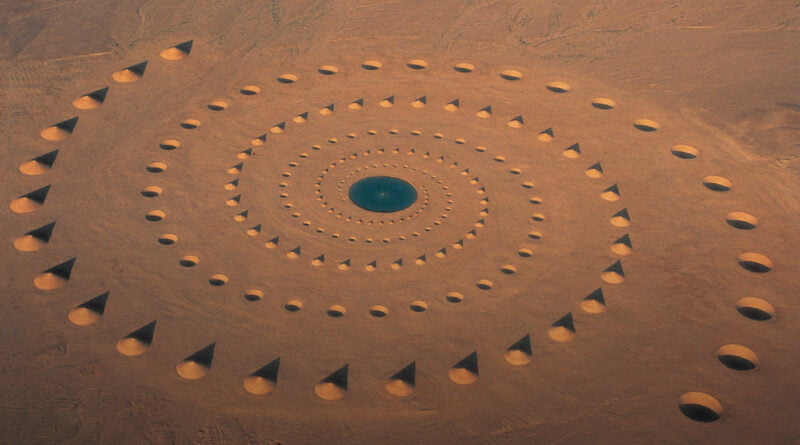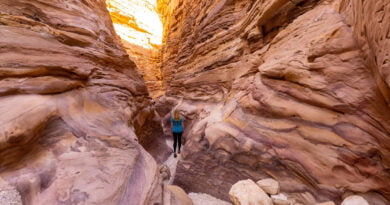Explore The Most Exciting Hidden Gems in Egypt
Egypt never fails to surprise us! Egypt is home to some of the most famous landmarks in human history. Though landmarks like the Pyramids, Luxor temples, or Valley of the Kings need no introduction, other spots need some exploring and a sense of adventure.
Egypt’s rich history doesn’t only reveal itself in the ancient world. Full of natural wonders and cultural treasures, we bring you some of the most unique hidden spots.
End of The World Cinema | Sinai

A Frenchman called Diynn Eadel felt that the Sinai Desert was missing a cinema and decided that he would give it just that. Built-in the late 1990s, The End of The World Cinema is located in the middle of the Sinai desert. However, it has never seen a movie night. It suffered a power cut on its premiere night, and for an unknown reason, no movies have ever been displayed there.
The cinema gives a post-apocalyptic Area 51 type of vibe.
The Colossal Cave Church of St. Simon | Cairo
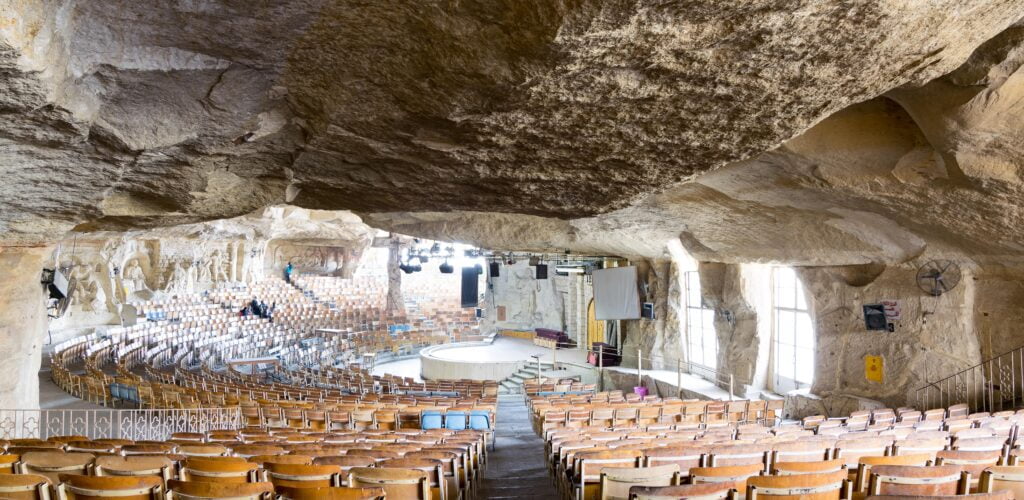
An architectural anomaly. The St. Simon Monastery is one of the largest churches not only in Egypt but also in the Middle East, yet it is hiding away in a cave inside the Mokattam Hill in Cairo.
Built in 1976, The 2000-seat church carries historical and cultural heritage. In addition, it has great spiritual value to the community of Zabaleen City. Zabaleen City, where the church is, is a community of Coptic Christians who immigrated from the south to the capital, seeking job opportunities. They found it in recycling and trash gathering.
Desert Breath | Hurghada

The Desert Breath, located in the Egyptian desert near Hurghada on the Red Sea coast, is a double-spiral work of land art. The D.A.ST. Arteam created the masterpiece. It is a group of three Greek artists – Danae Stratou, Alexandra Stratou, and Stella Konstantinidis.
“ The project meant to suggest an experience of infinity with the desert as a landscape of the mind,” stated the artists. Finished in 1997, Desert Breath is still viewable two decades after its creation. However at the center of the art piece used to be a body of water, which has since evaporated.
Djara Cave | Western Desert

Discovered in 1873 by German explorer Gerha Red Rolfes, the Djara Cave is one of the most beautiful caves in the world. It is located in the Egyptian Western Desert near the Farafra Oasis in the New Valley Governorate. It is known for its geologically significant stalagmites and stalactites.
Djara Cave holds significant historical importance as it was inhabited by prehistoric humans during the Paleolithic era. Archaeological excavations have uncovered ancient artifacts, tools, and evidence of early human habitation.
Tamr Hena Museum | Alexandria

Within the metropolitan Alexandrian culture, Tamr Hena is an art museum that is a unique place where you witness the diversity of the city’s culture. They serve shisha and food you can enjoy during cultural and literary meetings.
At first glance, this museum may seem like a random collection of interesting items. But after a chat with the owner over tea, visitors will see how it all relates to the ongoing fight of the people and the unfortunate persistence of corruption throughout history and different governments.
Sannur Cave | Beni Suef
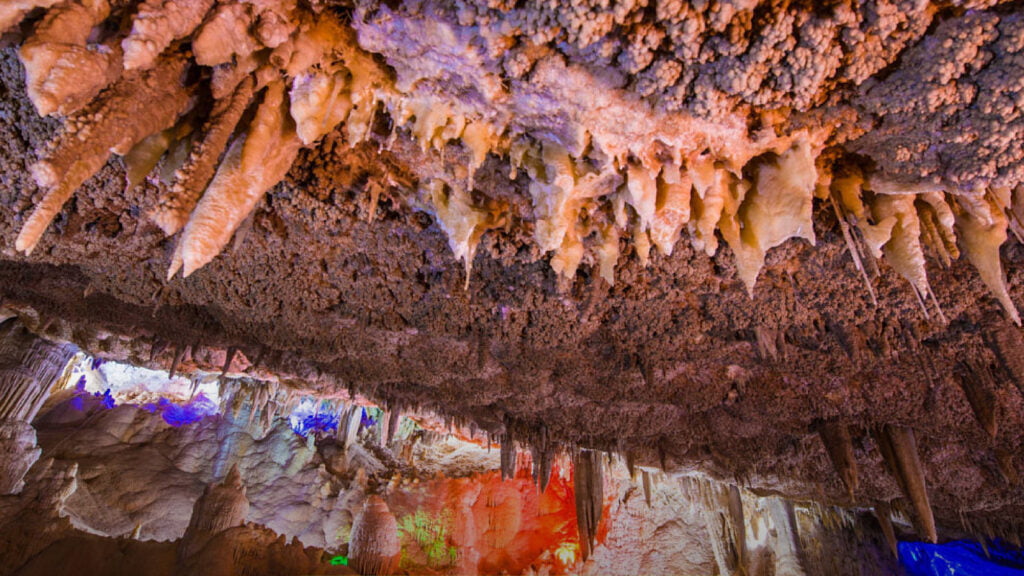
Discovered in the 1980s, Sannur Cave is a limestone cave overlaid with alabaster created by thermal springs. It has only one chamber that is 700 m long and 15 m in diameter. Egypt declared the cave as a protectorate around the year 1992.
This cave has amazing natural rock formations. The hanging and rising effect of the formations lights up when light enters. A fascinating sight. The cave is of a special limestone which makes it one of the most exceptional caves in the country.
Serapium Forest | Ismailia
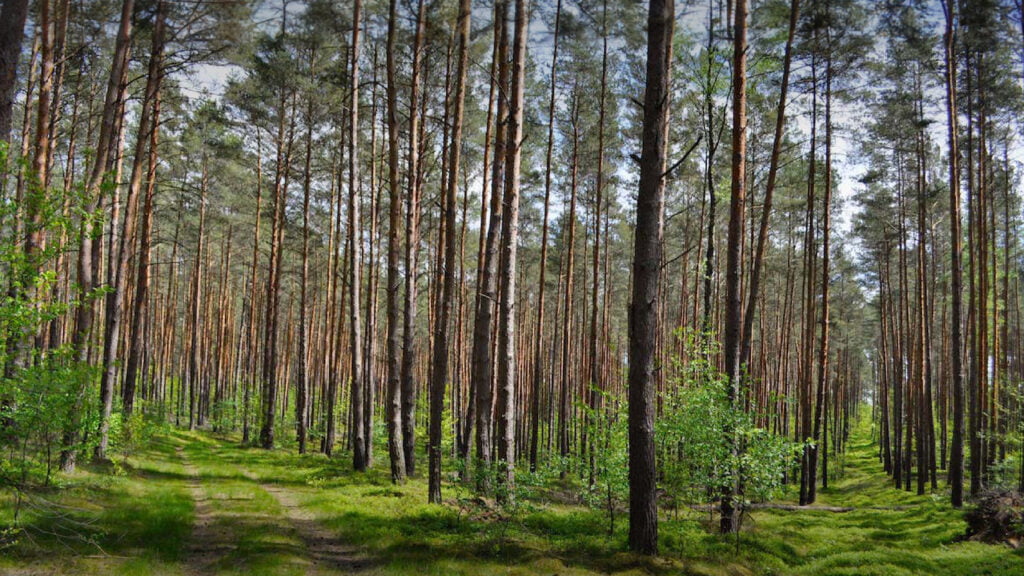
As part of a project launched by the Egyptian government in 1998, this forest was created in the desert in Ismailia to fight climate change and decrease other negative environmental drawbacks.
Nilometer | Cairo
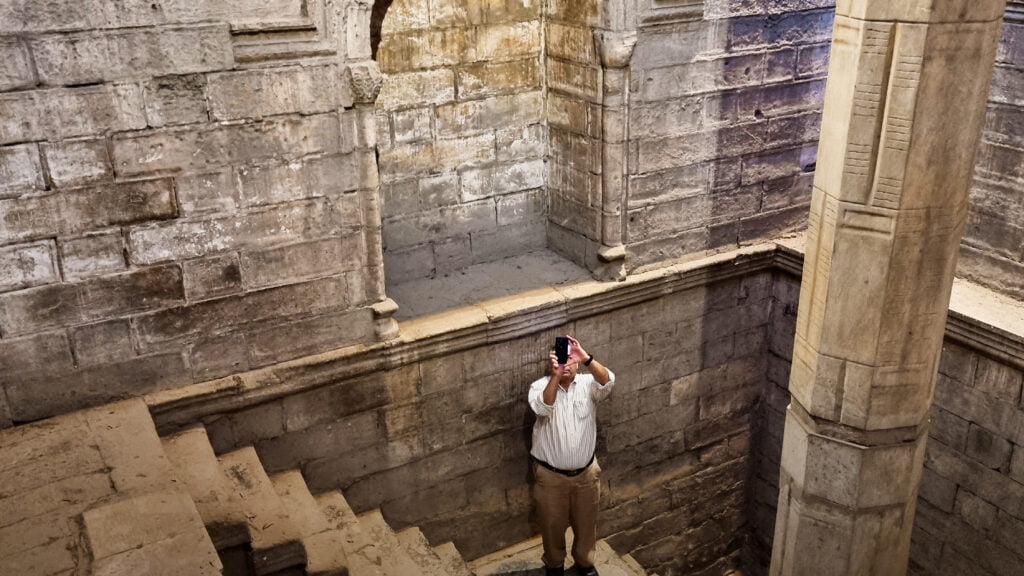
Nilometers, as the name implies, were ancient tools to measure flood levels, helping plan canal management.
The Nilometer on Rawda Island, constructed by order of Abbasid Caliph al-Mutawakkil in 247 AH/861 AD, stands as one of Egypt’s oldest. It is also the oldest surviving structure built post the Arab conquest in its original state.

